With great duck, comes great opportunity. Not to mention responsibility. Chef Alexander Hong at the restaurant Sorrel in San Francisco knows this well, which is why when he decided to make the Duck for Two a signature dish, he needed to be deliberate about how to honor the Sonoma County Poultry-bred Liberty Duck. The many steps he takes are intended to ensure his guests appreciate the bird—both its quality and its story—as much as he does.
To ensure the flavor is dynamic, dry age the Liberty Duck for two weeks with a fan in the refrigerator. Rotate each day. After two weeks, remove ten of the dry-aged ducks from the refrigerator. Let them temper for about an hour before service begins, and as the restaurant fills with hungry guests, set the oven to 220 degrees Celsius.
As the first orders churn through the printer, select one of the tempered ducks. Lacquer it with honey, add salt and lavender. Place the duck in the oven, where it will cook in the half steam, half dry heat. Rotate it, and as it rests, prepare the secondary sauce of duck jus, orange juice, star anise, rice wine vinegar and ginger. If you peer out the window of the kitchen now, you can watch the room buzzing with guests.
As the bird continues to rest, carefully arrange garnishes of chard, ginger, pomegranate seeds, and pumpkin seeds, and place the duck in a copper sauté pan with orange carnation buds and thyme sprigs. Walk the duck to the table where guests are eagerly waiting, and watch as their eyes light up. Explain that yes, this is their duck in its whole form, and they will be able to dive into the crispy, golden brown skin momentarily. But first, return to the kitchen to carve as their excitement builds, their eyes following both you and the bird.
Return to the table where guests have been craning their necks as they watch you work through the glass window that divides the dining room from the kitchen. Smile as you walk their way, and place a dish in front of each of them. Pour the secondary sauce onto the plate so it pools around the duck and return to the kitchen.

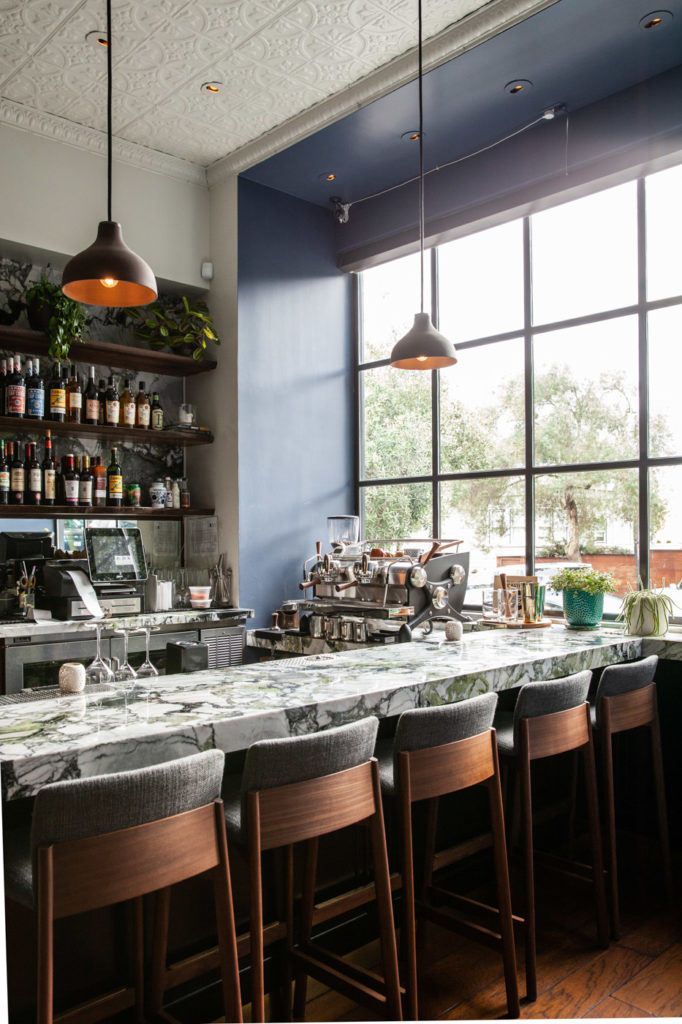
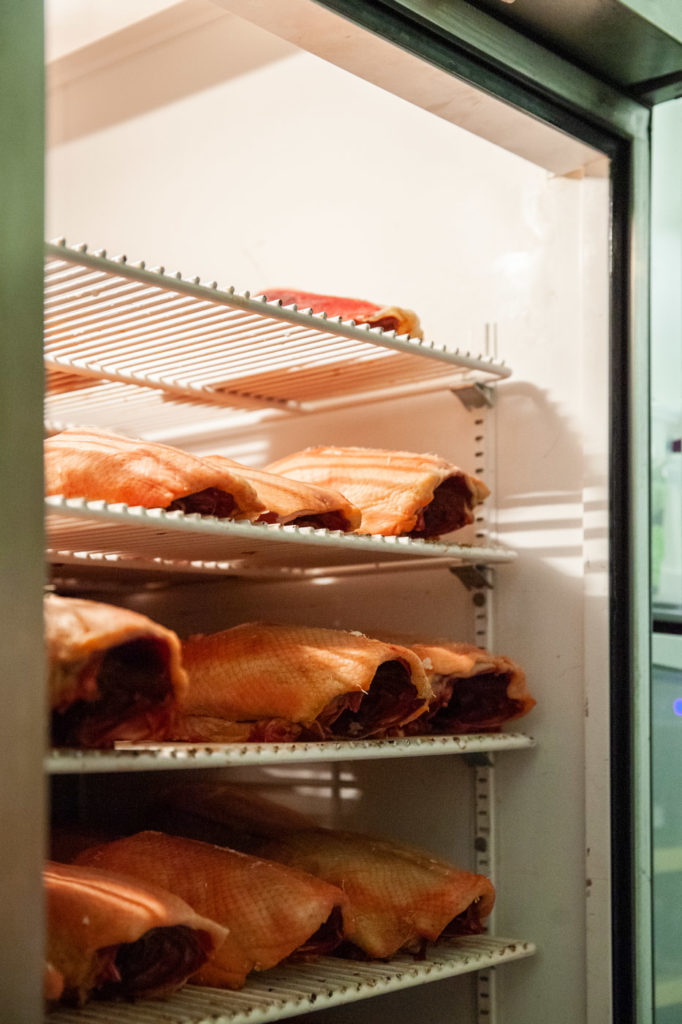
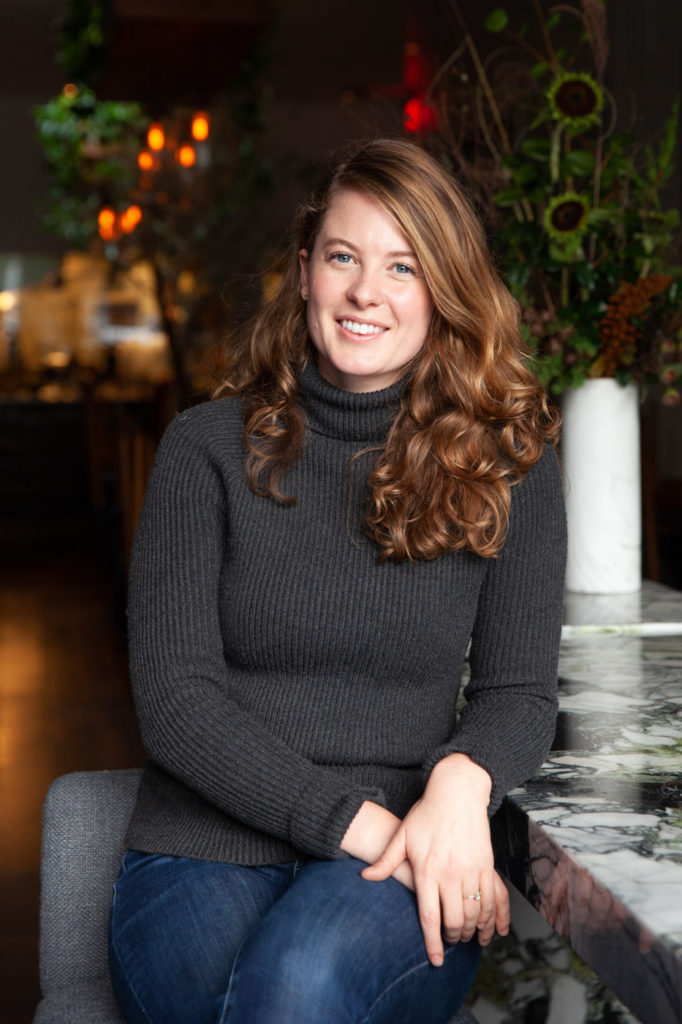
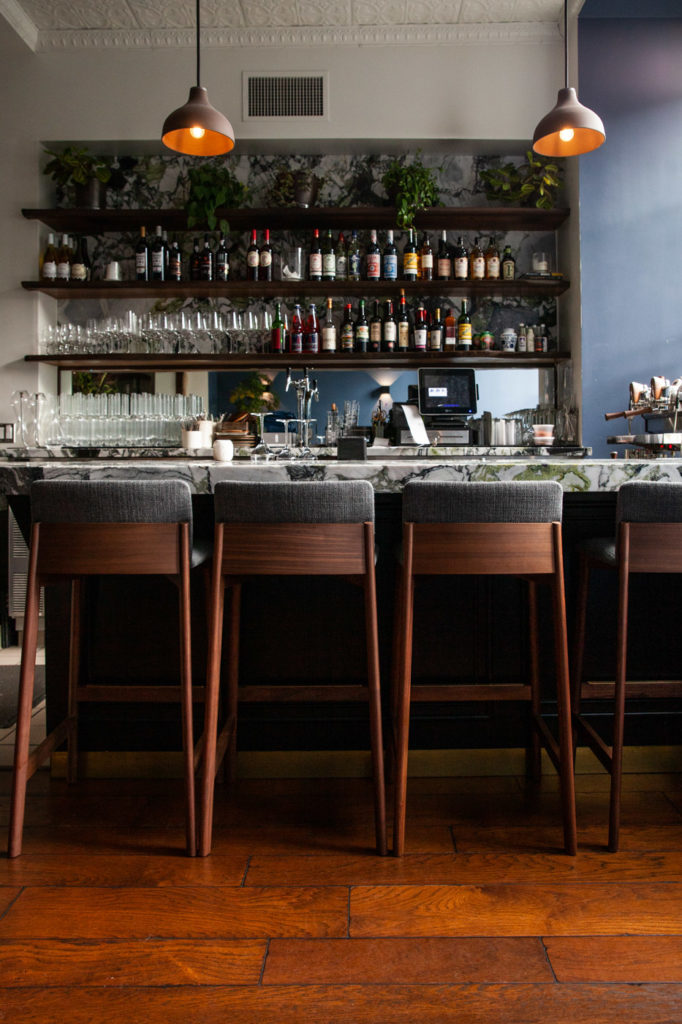
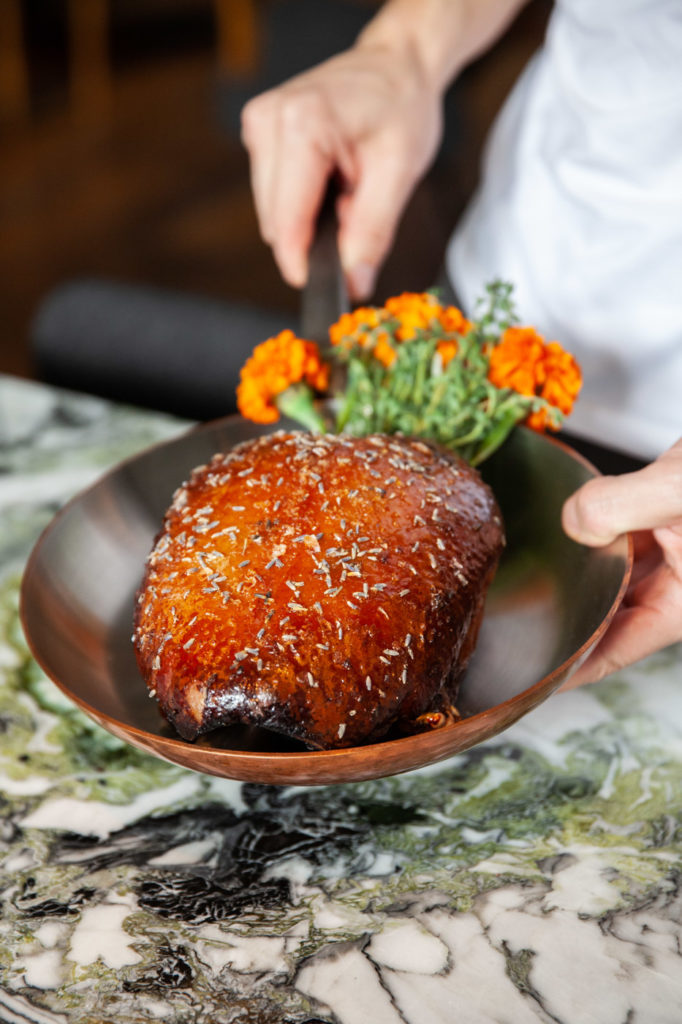
For a dish that requires so much care, Hong uses what he believes is the best quality duck available, and the only type of duck he’s cooked in San Francisco kitchens, like Quince, since he arrived in the city in 2015. This is the Liberty Duck from Sonoma County Poultry.
Jennifer Reichardt is the operations manager for Sonoma County Poultry. Some of her earliest memories are of ducks. Ducks in her garage, ducks outside, ducks filling family conversations. Her father, Jim Reichardt, is a fourth generation ducks farmer. Since 1901, his family has been raising these birds in South San Francisco. They sold them to restaurants in Chinatown where customers valued bigger, fuller birds—the kind whose skin would easily crisp. As Jim grew older, he became involved with the business. The 1970s took him to the European countryside, where he saw duck cooked in classic French style using the entire bird. His travels, in combination with an exploding Bay Area culinary scene, were of great influence. He split from the family business in 1992 and began Sonoma County Poultry to raise Liberty Ducks, a breed known to be succulent and fatty.
Jennifer was a child when her father started Sonoma County Poultry. In the early days, he would bring chicks home to grow in their garage, although he eventually moved them into an open-air barn in West Petaluma, north of the Golden Gate Bridge.
He fed them a corn-based diet laced with bugs, which also inhabited the barn, and no antibiotics or hormones. Because of the vibrant restaurant scene in the Bay Area, customers were easy to attract. One of their earliest accounts was Bay Wolf in Oakland. “We can trace all of our customers back to Bay Wolf,” Jennifer says.
Sonoma County Poultry had been supplying ducks to chefs for many years when Hong arrived in San Francisco and landed a job at the Michelin three-star restaurant, Quince. He immediately felt this duck was among the highest quality with which he had ever worked.
“They always have a consistent fat cap and are milder and less gamey than other birds,” Hong says. He used the Liberty Ducks when he began his pop-up dinner series. Menus from these dinners now line the narrow hallway in the back of Sorrel, as a sort of homage to Hong’s journey, which always included duck dishes. “Here’s one where we used Liberty Ducks,” he says as he points to a wooden frame sandwiched between a myriad of others. “Here’s another one.” He takes a step back and smiles.
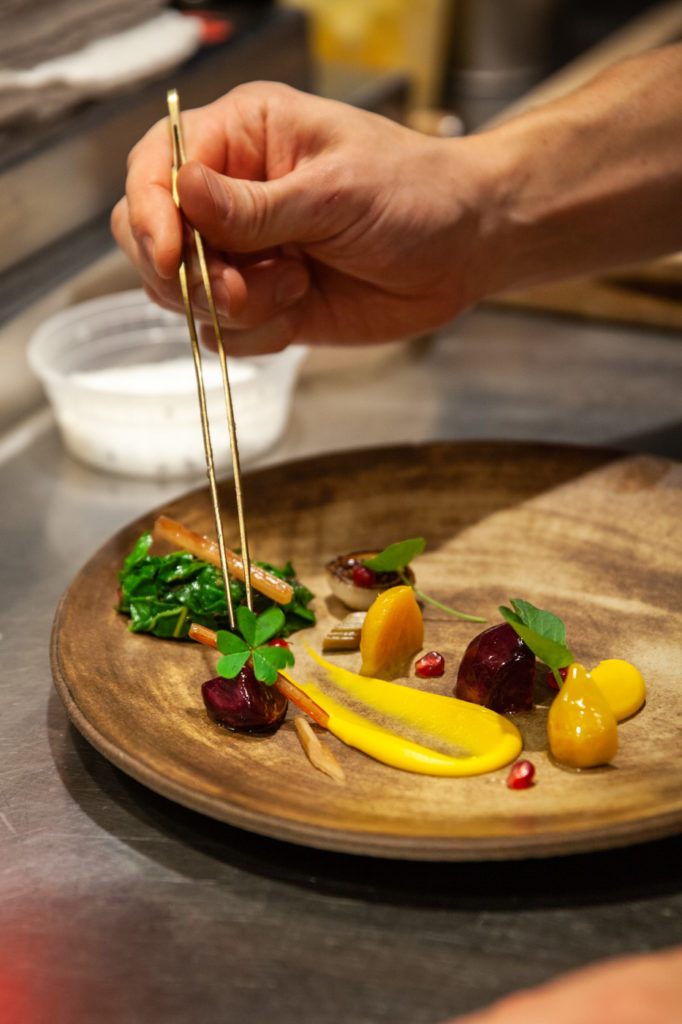
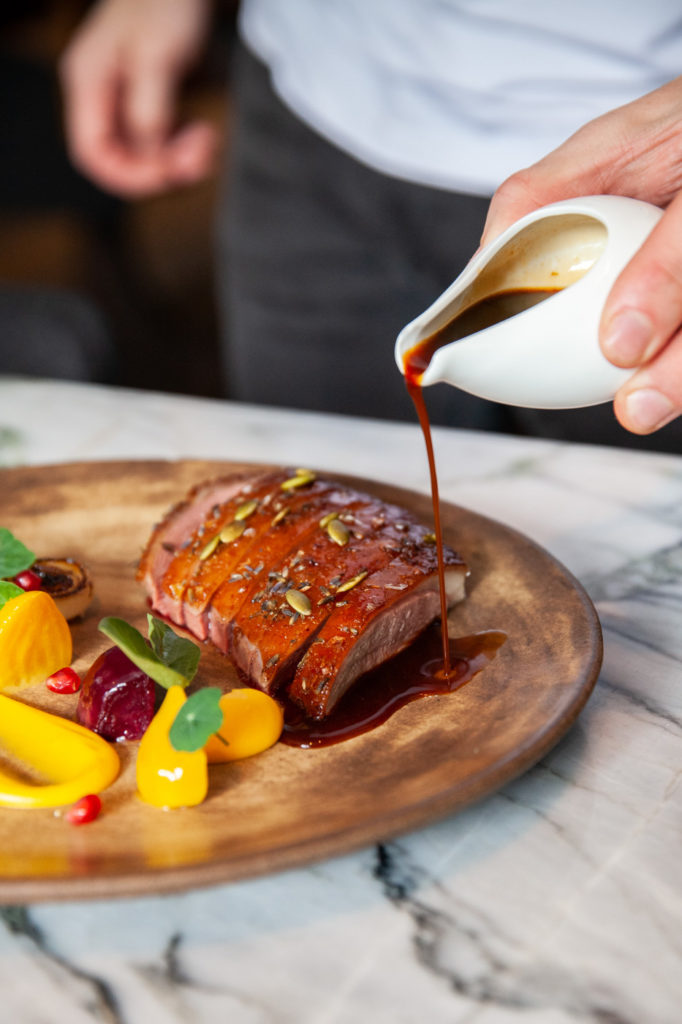
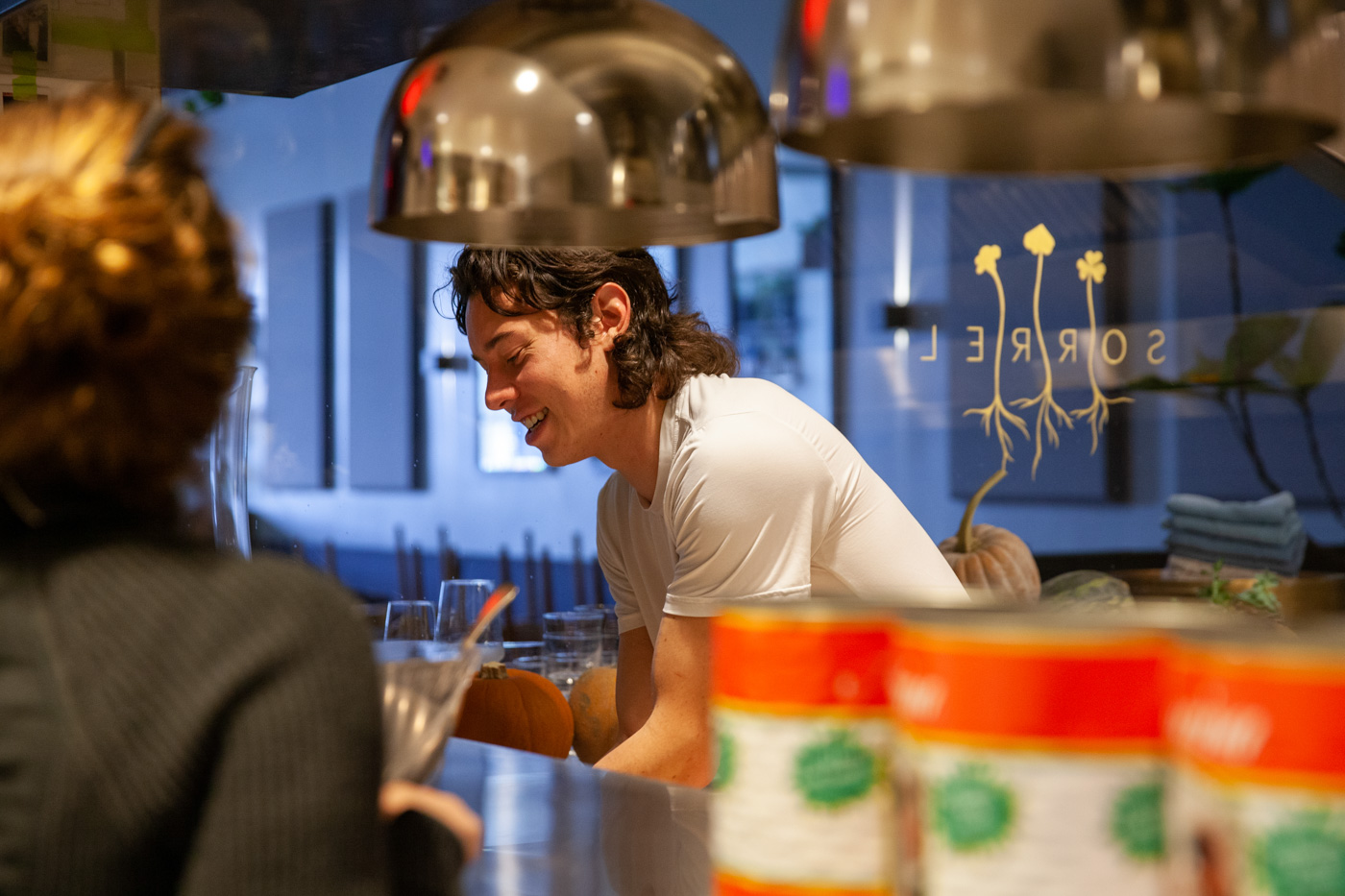
Hong’s pop-ups paved the way for Sorrel, which opened in April 2018 in the posh Laurel Heights neighborhood of San Francisco, and is where he developed his vision for their signature Duck for Two. It became his poultry of choice during that time. “It’s easy to overcook chicken, and dry aging the duck makes the dish more dynamic,” he says.
At Sorrel, Hong honors the entire bird, incorporating the bones, gizzards, legs and breasts in stocks, sauces, confits, in addition to the their $80 Duck for Two. He trains his servers to convey the story of Liberty Ducks by sharing information about Sonoma County Poultry. They change the sets, sides and garnishes the duck is served with each season or when inspiration strikes. And its popularity has soared—the restaurant typically sees around sixty duck orders per week.
These are the types of stories that light Jennifer up. In 2016, she stepped in the family business, taking on operations full-time (while also running her own wine label, Raft, in Sonoma.) This requires her to do a bit of everything, including restaurant visits, like today. She enters the bright, airy restaurant past the host stand decorated with tall, colorful flowers, and is greeted by Hong.
Hong leads Jennifer through the kitchen to a narrow hallway with two large industrial refrigerators.
He stops there and opens the shiny steel door to reveal rows of ducks, all being dry aged. “We rotate these each day, taking out the oldest for service and putting in new birds,” he says, explaining their rotation system.
The next stop is the roof, where troughs of plants grow. There are herbs, microgreens, lettuce, and of course, sorrel, rooted in the brown soil. They often use these ingredients in the Duck for Two dish, adding a special touch. It’s a clear day, but too cold to spend much time outside, so we head back downstairs, wind through the kitchen, and back into the dining room.
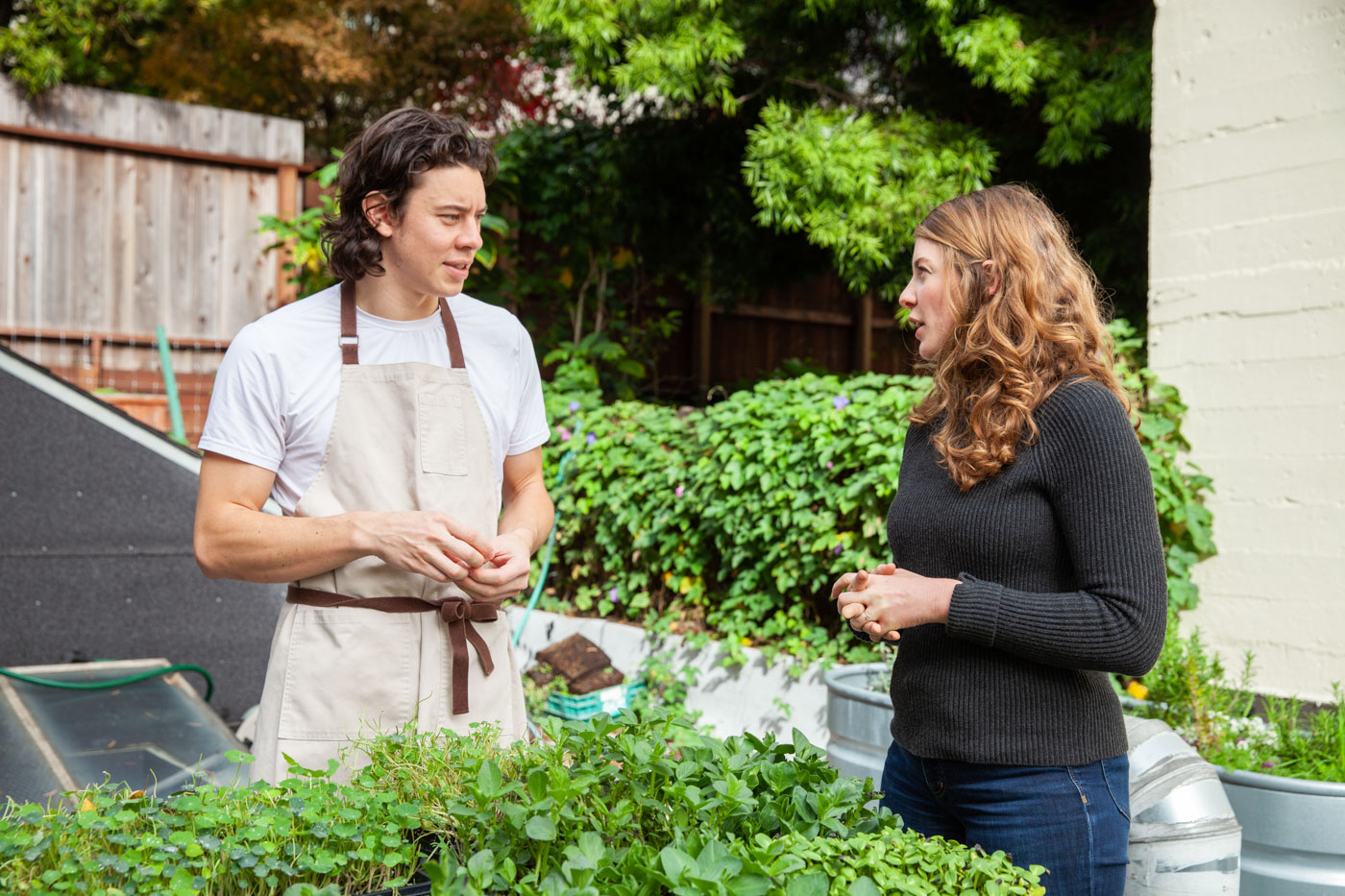
Their conversation doesn’t stray too far from what connects them—the duck. “Who orders the most ducks? How many ducks do you have on the farm?” Hong asks. He and Jennifer talk about which restaurants buy the most Liberty birds each week, raising the ducks for nine weeks instead of the traditional six, working with hatcheries to welcome about 2,500 new chicks each Tuesday, the twenty thousand ducks that populate the farm at any given time, and the possibility of taking the Sorrel staff on a field trip to the farm.
Hong invites us into the kitchen to watch him prepare the bird, demonstrating the way in which he honors its story and the work of her family. She intently follows the meticulous steps he takes to make the dish, asking questions throughout. She makes conversation with others as Hong garnishes the plate and removes the duck from the oven. She takes a seat at the six-person bar while he prepares the sauce, holding her silverware in anticipation.
When Jennifer takes her first bite, she is sure to drag the duck through the sauce collecting the full breadth of flavors. It’s not hard to imagine her satisfaction with Hong’s preparation. She is tasting the work of her family and its history, and Hong’s determination to illuminate the full potential of their ducks—something that can both delight Sorrel’s diners, and do justice to each and every bird.





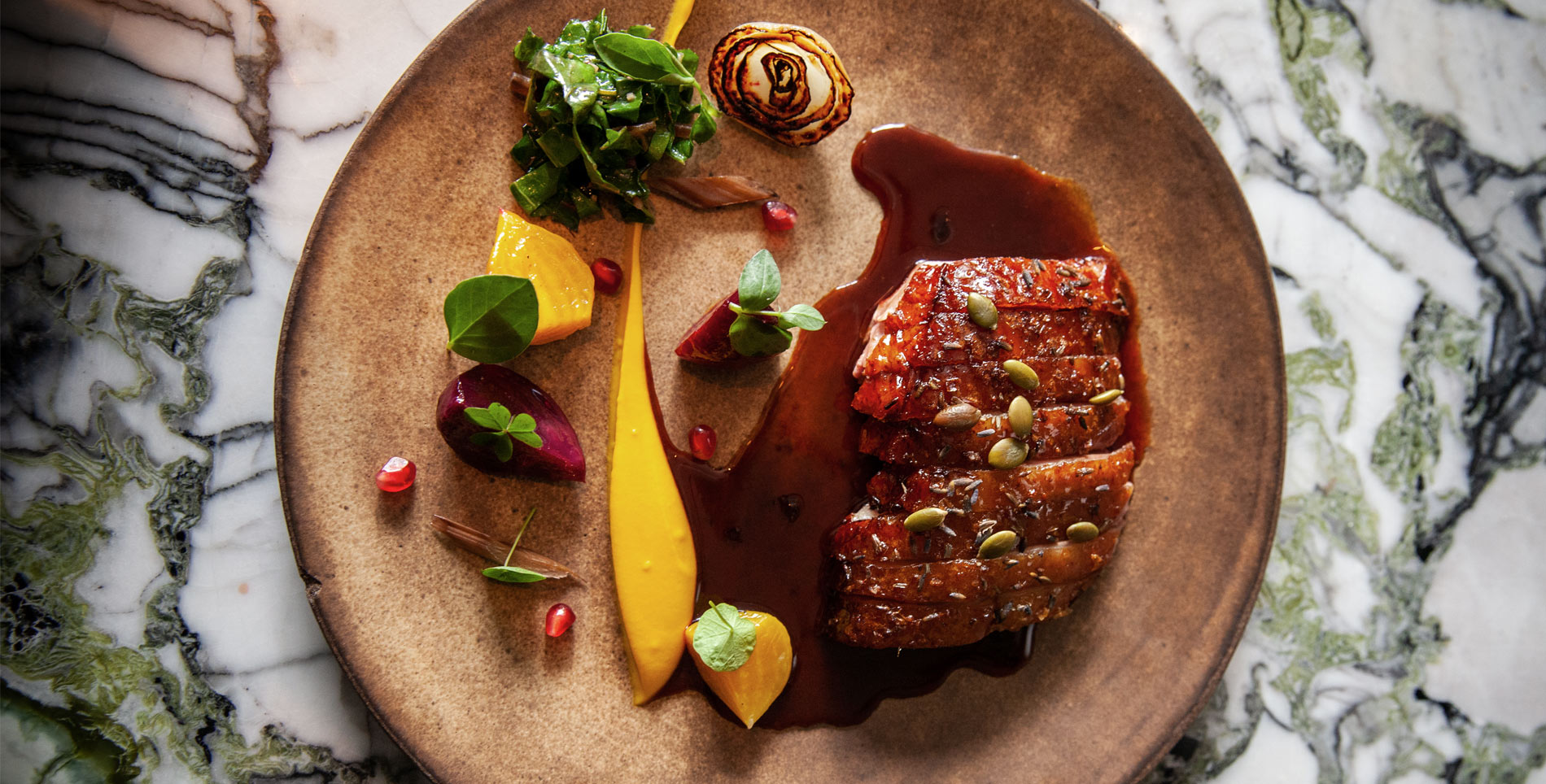

Our comments section is for members only.
Join today to gain exclusive access.